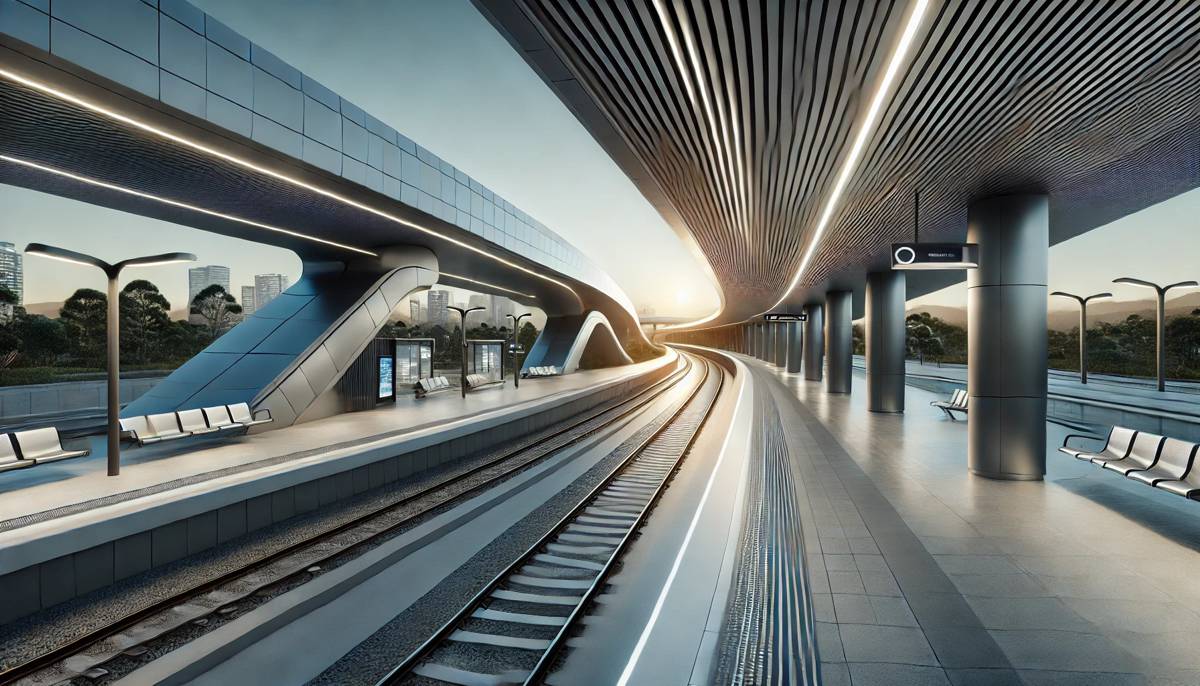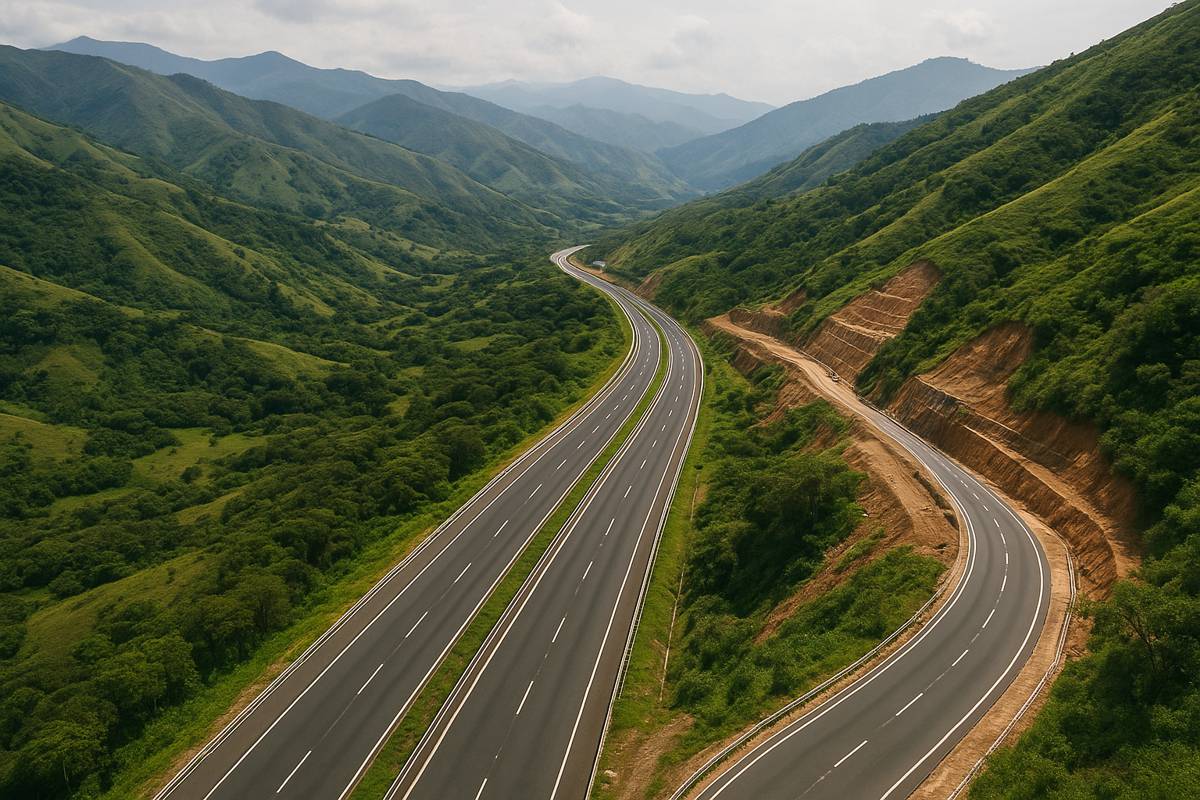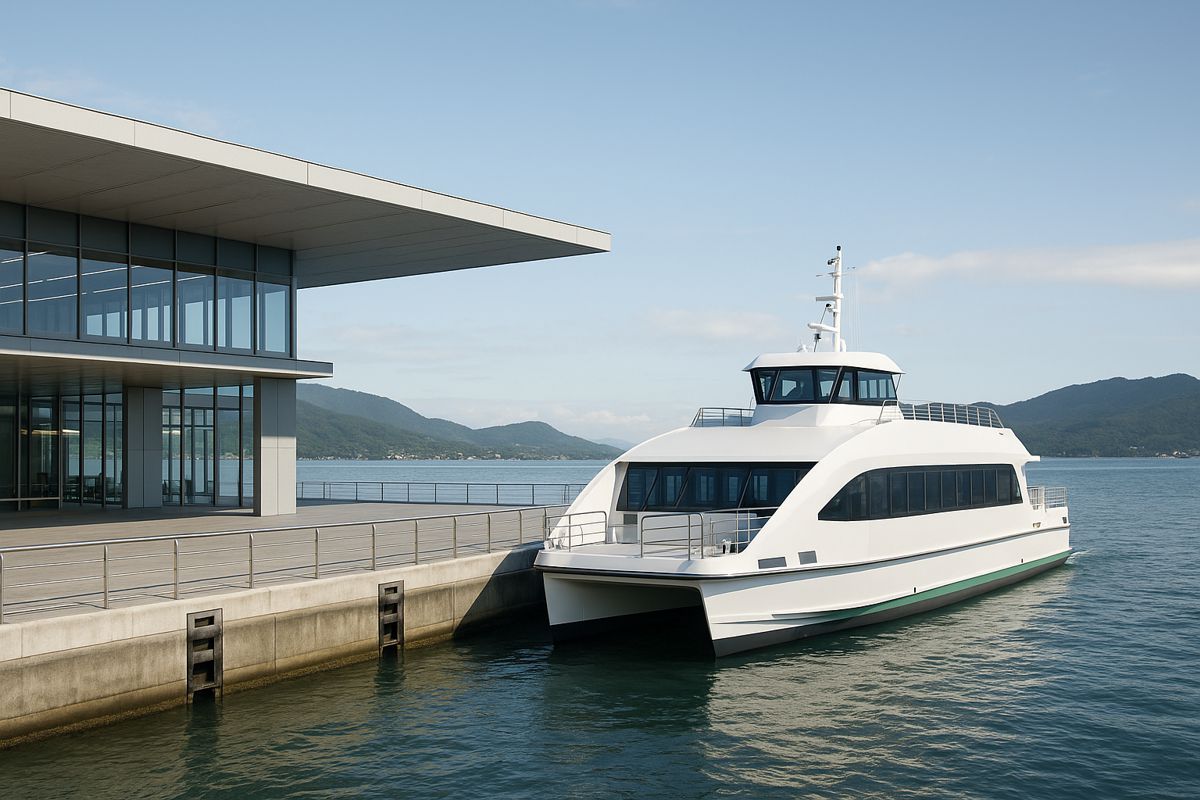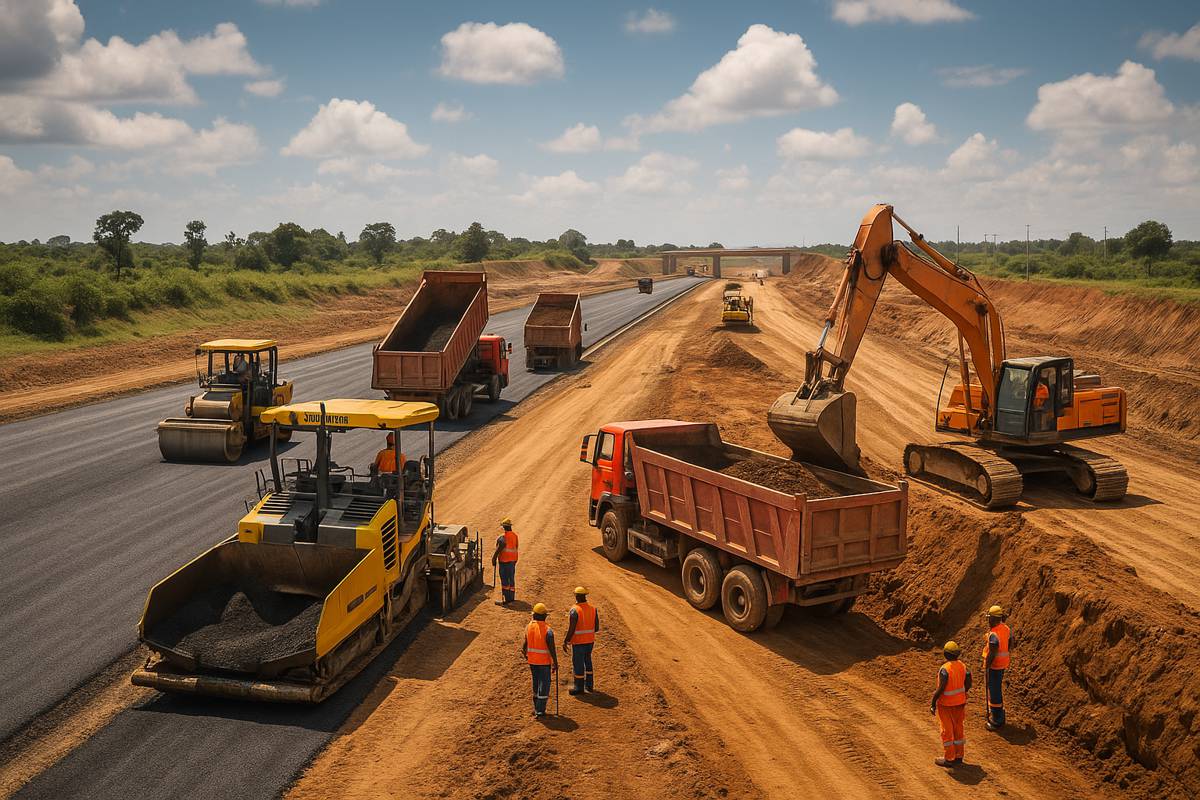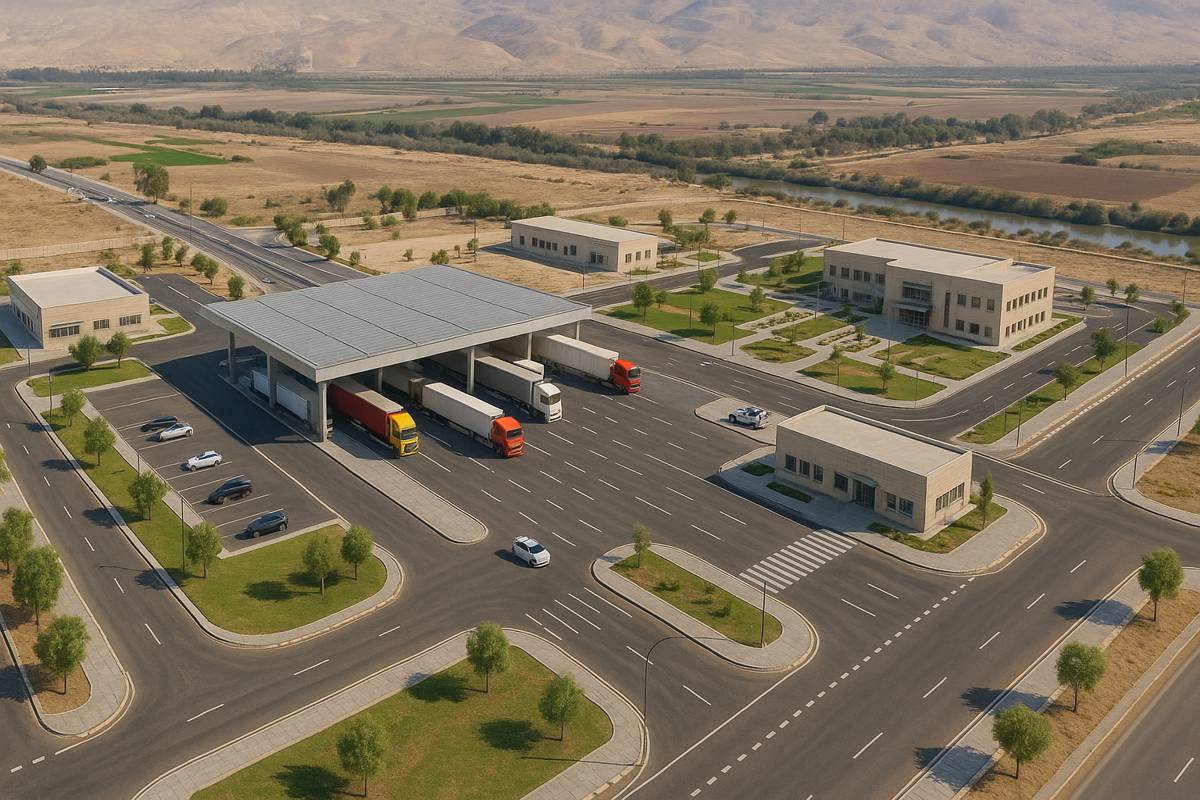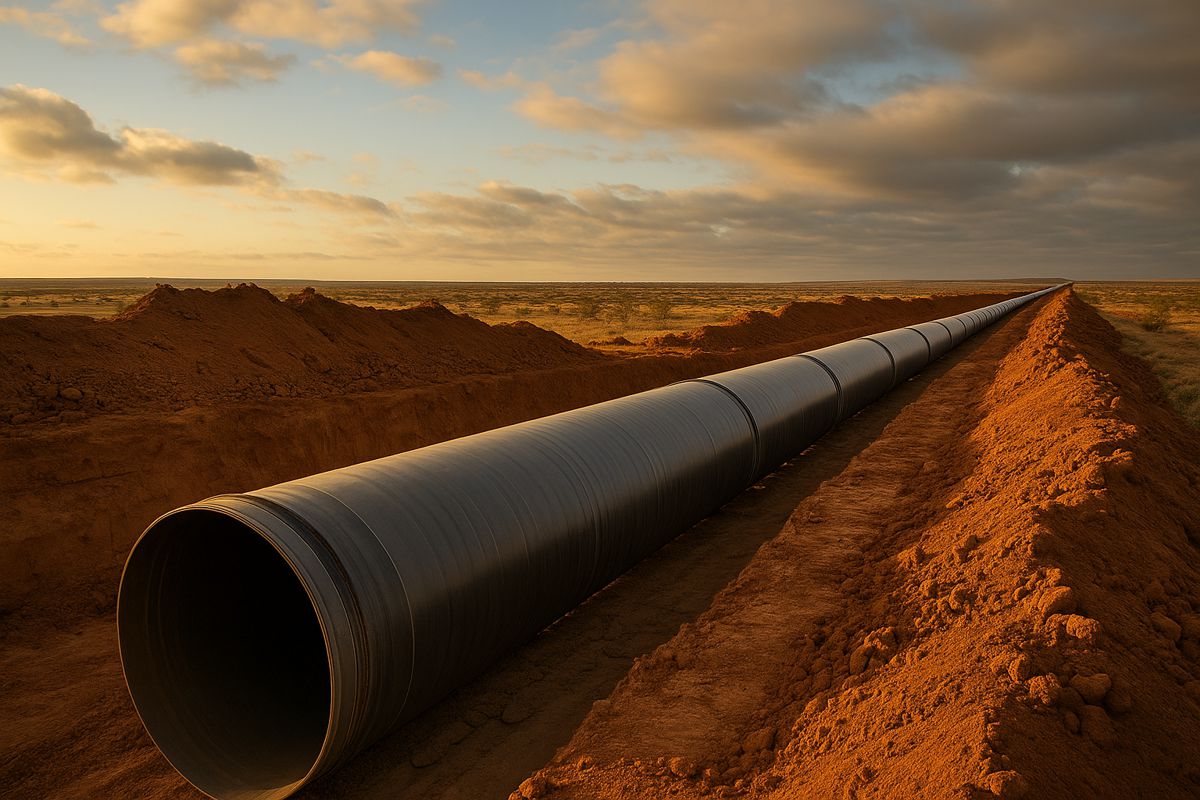Major Contracts Awarded for Logan and Gold Coast Faster Rail Project
The Logan and Gold Coast region is on the brink of a transportation transformation, as two major contracts have been awarded for the $5.75 billion Logan and Gold Coast Faster Rail project.
This ambitious initiative is set to modernise the rail network, enhancing connectivity for residents of South East Queensland and ensuring the region is well-prepared for future growth, including the Brisbane 2032 Olympic and Paralympic Games.
Jointly funded by the Australian and Queensland Governments, each contributing $2.875 billion, the project will double the capacity of the Gold Coast rail line, reduce waiting times, and improve safety across the region’s transport infrastructure. Let’s dive into the details of what these contracts entail and what they mean for the future of travel in the area.
A New Station for Loganlea
One of the most significant developments under the Logan and Gold Coast Faster Rail project is the relocation of Loganlea Station. The $173.76 million contract, awarded to the Martinus Degnan Joint Venture, will see a brand-new station built directly opposite Logan Hospital, and conveniently close to Loganlea TAFE and Loganlea State High School.
This relocation is about more than just a change of address—it represents a shift towards a more accessible, user-friendly transport hub. The new Loganlea Station will include ramps, stairs, and lifts from key streets like Valencia and Armstrong Road, making it easier for commuters to navigate the station, especially those with mobility challenges.
Key features of the relocated station include:
- Improved access with ramps, lifts, and stairs
- New pedestrian connections across the rail line
- Real-time display screens for passenger information
- Increased safety through better lighting and CCTV coverage
- Flush kerbing and raised platforms for easier access to trains
- Active transport options including secure bicycle storage
With these upgrades, the station will be primed to support the growing number of commuters in Loganlea and beyond. Loganlea Hospital’s major expansion, coupled with the new state-of-the-art station, means better service and connectivity for the city’s emerging health and jobs precinct.
The Push for Safer, Smoother Commutes
Another milestone in the Logan and Gold Coast Faster Rail project is the removal of several level crossings, a critical factor in improving road safety and reducing congestion. The Bielby Hull Joint Venture has been awarded the design and construction contract to deliver the Open Level Crossing Removal at Beenleigh Road, Kuraby—the first of five level crossings scheduled for removal between Kuraby and Beenleigh.
The removal of these level crossings comes as a direct response to feedback from the public, who have expressed concerns about congestion and safety at these critical points. By replacing them with road over rail bridges, the Queensland Government is not only addressing these concerns but also enhancing the walkability and accessibility of the surrounding areas.
Community Engagement and Design Innovation
Public consultation has been integral to the success of this project, with local residents providing input on the designs for the level crossing removals. As Queensland Transport and Main Roads Minister Bart Mellish noted: “Level crossings impact every Queenslander, whether you’re a passenger, pedestrian, cyclist, or driver.”
The planned level crossing removals are part of the broader South East Queensland (SEQ) Level Crossing Program 2024, a coordinated effort to address the most problematic crossings across the region. The next step in this process will involve further refining the design solution for Bethania, a site with unique challenges such as flooding issues and local access concerns. The government will engage the community again when updated designs are available in early 2025.
Building a Sustainable Transport Future
The benefits of the Logan and Gold Coast Faster Rail project stretch far beyond faster trains. This multi-billion-dollar investment is a key pillar in creating a more sustainable, efficient, and safe transport network for the region. Key features of the project include:
- Doubling track capacity from two to four between Kuraby and Beenleigh
- Station upgrades at Kuraby, Trinder Park, Woodridge, Kingston, Loganlea, Bethania, Edens Landing, Holmview, and Beenleigh
- 20 kilometres of new tracks and rail systems between Kuraby and Beenleigh
- New train signalling technology between Salisbury and Varsity Lakes
- Improved road network efficiency through level crossing removals and intersection upgrades
By providing dedicated active transport facilities and better connecting communities, the project will contribute to reducing peak-hour traffic congestion and improving road safety across South East Queensland.
Preparing for the Olympics and Beyond
As South East Queensland prepares to host the Brisbane 2032 Olympic and Paralympic Games, the Logan and Gold Coast Faster Rail project is pivotal in ensuring that the region can handle the increased demand on public transport networks. Federal Infrastructure Minister Catherine King echoed this sentiment, stating: “The Logan and Gold Coast Faster Rail will double the capacity of the Gold Coast rail line and reduce waiting times at stations between Brisbane, Logan and the Gold Coast.”
By expanding rail capacity and upgrading vital infrastructure, this project will not only serve the local population but also facilitate the smooth movement of spectators and athletes during the Games. Without these upgrades, the network would struggle to meet the demands of a growing population, making this project a cornerstone of the region’s transport future.
An Economic Catalyst
Beyond its transport benefits, the Logan and Gold Coast Faster Rail project is also a significant economic driver for the region. Construction on the Loganlea Station and other components of the project will create hundreds of jobs, supporting local communities and helping the state recover from the economic impacts of the pandemic.
The Queensland Government is also working closely with Logan City Council to explore opportunities for development in the areas surrounding Loganlea Station, including identifying potential land for future projects. This proactive approach to urban planning ensures that the benefits of the rail project will extend far beyond the tracks.
Looking Ahead
With two of the three major contracts awarded, the Logan and Gold Coast Faster Rail project is well underway. Construction on the new Loganlea Station is set to commence later this year, with the station expected to be fully operational by mid-2027. The existing station will remain open until the new one is completed, minimising disruption for commuters.
Meanwhile, detailed designs for the level crossing removals are in progress, with construction on the Beenleigh Road crossing slated to begin in early 2026. The contract for the remaining Logan and Gold Coast Rail package, which includes further station upgrades and track doubling, is expected to be awarded by late 2024.
A Bright Future for South East Queensland’s Rail Network
The Logan and Gold Coast Faster Rail project is more than just a rail upgrade—it’s an investment in the future of South East Queensland. By improving connectivity, safety, and accessibility across the region, the project will ensure that the rail network can meet the demands of a growing population while reducing congestion and providing a more sustainable transport option.
As the project progresses, residents and commuters in the Logan and Gold Coast areas can look forward to a faster, safer, and more efficient rail system that enhances their quality of life and supports the region’s economic growth for decades to come.
